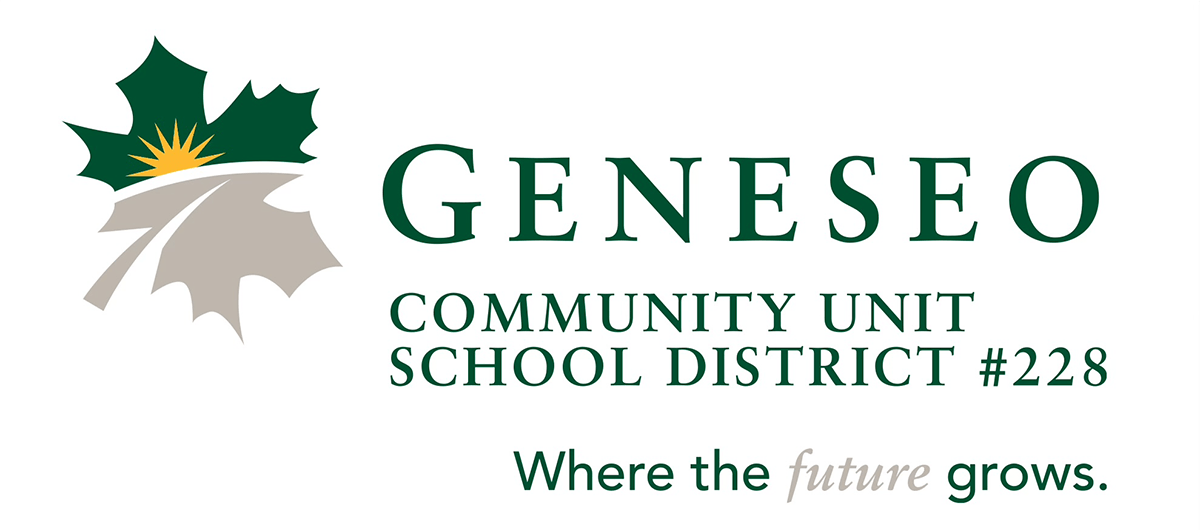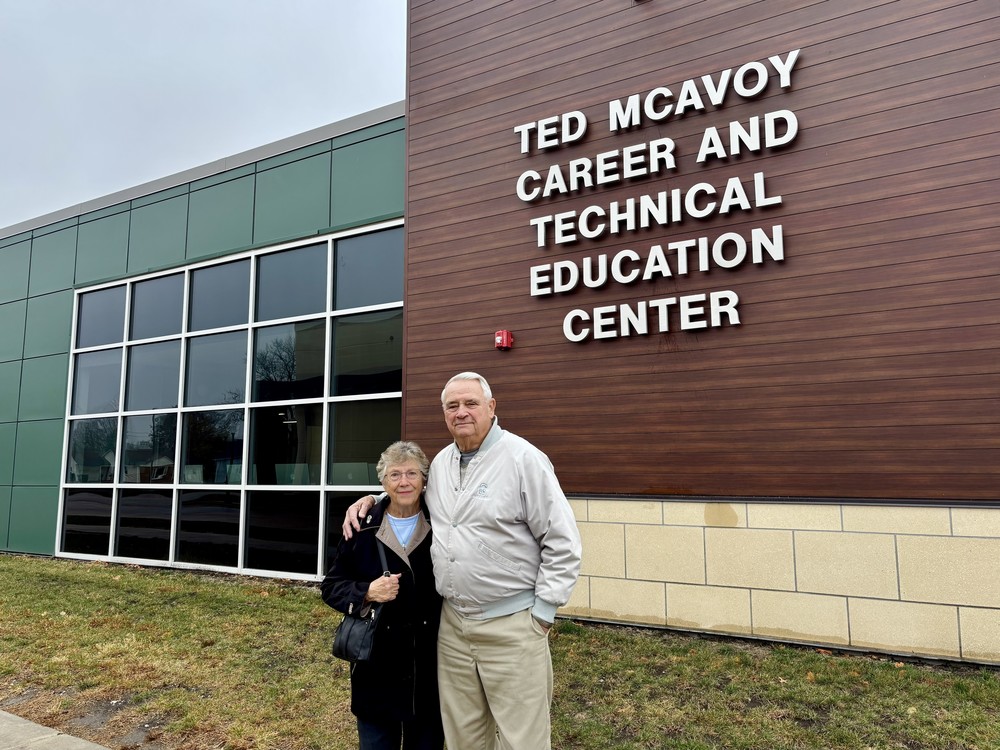When Ted McAvoy returned to the metal shop classroom at Geneseo High School in 1964 to meet with his former teacher, Ed Reiser, he wasn’t armed with an impressive résumé or a binder of credentials.
McAvoy wasn’t even sure what to expect, as when he spoke to Reiser following a day of student-teaching in Joliet, their conversation was brief.
“Mr. Reiser just said, ‘Be here on Friday,’” recalled McAvoy. “So I went to see him at the old high school. The word was that he was going to retire, but I had nothing official.”
Moments after McAvoy arrived, the pair walked into Superintendent Rex Millikin’s office, where Reiser got right to the point: “Ed said, ‘Rex, this is Ted McAvoy. I want him to take my job, so get things squared away.’”
Millikin reminded them that certain formalities had to be followed — and he’d need to clear it with the high school principal, Orval Paxson — but the decision was essentially made.
“I didn't know that was coming,” admitted McAvoy. “I was starting to sweat and Mr. Millikin said, ‘Just calm down. Mr. Reiser thinks you're the man for the job, and that's good enough for me.’”
McAvoy wasn’t sure he had always been a model student, but he got Paxson’s blessing and with it, took a huge step forward in a professional journey that would have a significant impact on countless students and the local community.
With the Board of Education’s decision to name the Geneseo High School’s Career and Technical Education Center after McAvoy, we take a look back at his career in education, his many contributions to the community, and his enduring legacy.
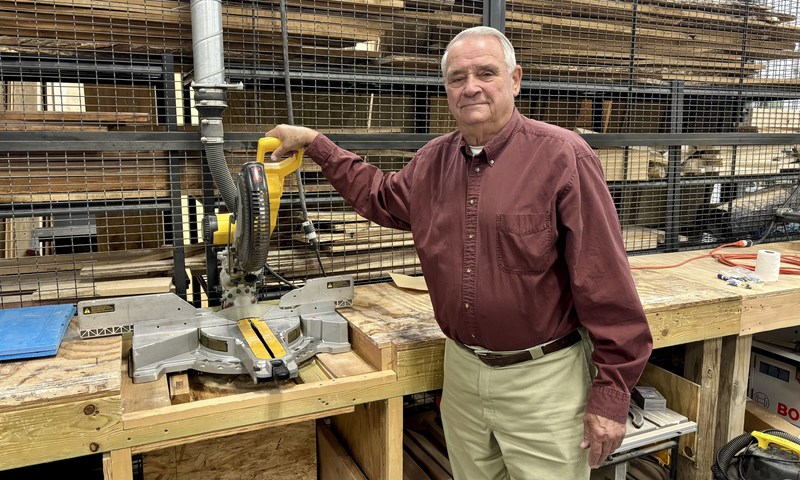 GROWING UP WITH THE TRADES
GROWING UP WITH THE TRADES
To understand why teaching shop class was McAvoy’s dream, you have to go back to his upbringing. The son of Sherman and Margaret McAvoy, he grew up on a tenant farm outside Geneseo, where money was often tight but lessons were rich.
“My father could build, weld, and construct just about anything,” said McAvoy, who graduated from Geneseo High School in 1960. “I always admired him for that. Every boy, at some point, looks at his dad and sees what’s good in him, the parts you want to emulate. For me, it was his ability to do things with his hands.”
Those lessons became the foundation of McAvoy’s life.
“I realized that what I valued most were the things I learned working alongside him,” he said. “That’s what pointed me toward shop classes, and, eventually, teaching.”
Throughout high school and college, McAvoy worked for farmers, electricians, machinists and welders. His appreciation for the trades deepened, and he embraced learning skills that would be useful throughout his life.
By the time he earned his bachelor’s degree in industrial arts from Illinois State University in the spring of 1964, his path was clear.
“I knew what I wanted to do,” McAvoy said simply. “I wanted to help other young people find that same sense of pride and be able to do something with their hands, to make something real.”
A THRIVING ERA OF OPPORTUNITY
When McAvoy began his 26-year teaching career at GHS in the fall of 1964, the local area was booming with industrial promise. The Quad Cities were alive with manufacturing jobs at John Deere, Farmall, Case, and Caterpillar, and opportunities for skilled tradesmen were abundant.
“It was gangbusters,” McAvoy remembered. “You could get a job right out of high school if you had the right skills. I was working with Bill Marks and we were both excited about teaching young people and giving them an opportunity to move on.”
McAvoy developed a passion for building programs that provided students with the skills needed to enjoy success beyond graduation, if not sooner.
“We had kids who would turn 18 during the school year, and some of them would go to work at John Deere on the second shift after being at school all day,” McAvoy said. “I remember one student coming up to me and saying, ‘I really like my job. Thanks for the recommendation. I got my first paycheck, and I think I make more money than you do!’”
McAvoy laughs at that memory now, but there’s pride behind the humor.
“That’s exactly what we wanted,” he said. “We wanted these kids to walk out of here with confidence, skills, and opportunities.”
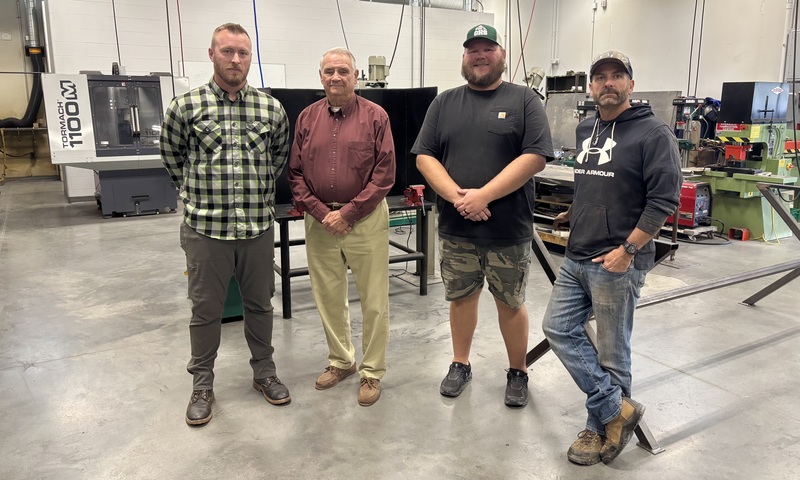 BUILDING PROGRAMS AND DEVELOPING PEOPLE
BUILDING PROGRAMS AND DEVELOPING PEOPLE
Over time, the vocational program at GHS grew from a single shop class to a full department. The community took note and invested heavily, creating classes in building trades, electrical wiring, and mechanics.
“The school board and various community members really stepped up,” McAvoy said. “We just kept adding more opportunities for students.”
Soon, the vocational staff grew from two to six. McAvoy credits his colleagues — Bill Marks, Rich Bassier, Steve Durian, Chris Roegge, and others — for growing the program through their commitment to the students.
“They were the reason our programs thrived,” he said. “Nothing breeds success like success. When students see others doing well, they want to do the same.”
Those successes often extended far beyond the classroom. Over the years, McAvoy took pride in watching as students were hired by Hazelwood Homes, Johnson Construction, Wirth, and other similar companies.
“Our welding and machine shop students would walk right into manufacturing jobs or even start their own businesses,” McAvoy said. “But it wasn’t just about careers. Even if a student never became a carpenter or a mechanic, they learned how to understand the world around them. They learned how to fix, create, and solve problems. Those are lifelong skills.”
Along the way, McAvoy, who earned a master’s degree from the University of Illinois in 1968, developed a curriculum and practices publication for the Illinois State Board of Education’s Vocational and Technical Education division that focused on its newly established metal trades program.
In 1970, he established and began leading Geneseo High School’s Cooperative Occupational Education Program (CO-OP), which gave students a chance to learn on the job. The following year, he was named the high school’s vocational director.
In the two decades that followed, a variety of innovative programs were introduced, including state-of-the art agricultural classes, and the local Future Farmers of America (FFA) chapter was reestablished.
“I tried to emphasize what really matters,” McAvoy explained. “It was about doing the best job that you can and treating everybody with respect. We would spend time especially in the CO-OP program talking with kids about showing up on time and dressing appropriately. You’ve got to do all of those things.”
McAvoy added, “You never get a second chance to make a first impression. Those are the reasons that people fail — they don't treat what they're doing with respect. If you don't respect what you’re doing, you’re not going to do a good job.”
FROM THE SHOP TO THE PRINCIPAL’S OFFICE
By 1990, McAvoy was ready for a new challenge that would allow him to expand his impact. That year, he became the first GHS graduate to serve as principal.
“At the time, I felt like we were losing focus on what really mattered, which is serving the community and the students,” recalled McAvoy. “I’ve always been the kind of person who believes if you think something needs to change, don’t wait for someone else to do it. Step in.”
Twice he applied for the principal position and was turned down. When Harold Ford became superintendent, things changed.
“He was an old shop teacher too,” McAvoy said. “He told me, ‘We’re going to give you a shot because we need stability.’”
As principal, McAvoy immediately prioritized enhancing the relationships that existed between the school and its community.
“I went to every service organization I could — Rotary, Lions, Kiwanis, the Chamber of Commerce, the Moose, the Masonic Temple,” he said. “I didn’t go to ask for anything. I just went to say thank you. And I think that made an impact.”
His philosophy as principal was simple: hire the right people and show up for the students.
“I tried to be everywhere — concerts, games, plays,” he said. “It was a five-days-a-week and six-nights-a-week job.”
Behind the scenes, his wife Marilyn was his steady and supportive partner.
“I couldn’t have done any of it without her,” he said. “She raised the kids because I was at the school all the time. Every good thing I did, she was part of.”
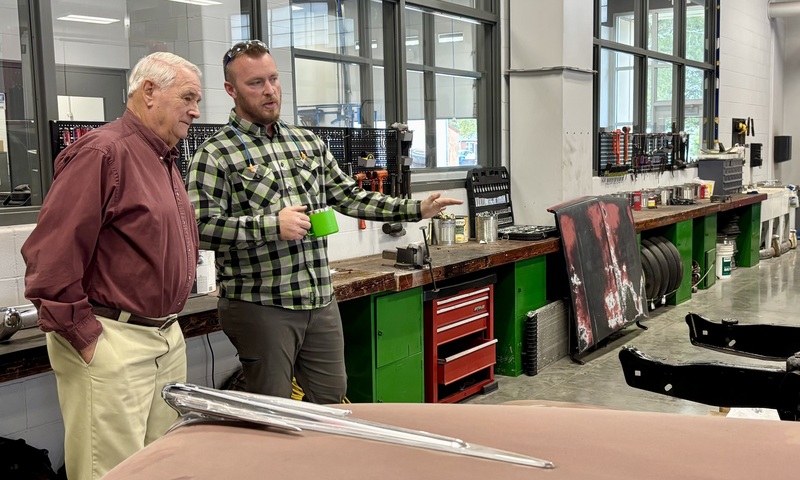
A DEEP AND LONG-LASTING CONNECTION TO THE COMMUNITY
McAvoy’s professional story can’t be separated from his personal one. Geneseo isn’t just where he worked — it was and always has been home.
“Denny Diericx once said, ‘If Ted McAvoy cut his finger, it wouldn’t bleed red. It’d bleed green,’” McAvoy said with a grin. “And you know what? He’s right.”
His presence in the community has spanned decades and includes playing a key role in the development of the JF Edwards Softball-Baseball Complex and John & Carla Edwards Aquatic Center, as well as championing a local sales tax referendum that supported the schools.
“I have great respect for the people who came before me,” McAvoy said. “They built the foundation of this town. I’ve tried to live up to that example, and help make things better for young people and everyone who calls this place home.”
Though he’s been formally retired since 1999, McAvoy continues to think about what takes place in Geneseo’s schools. His decades of experience give him a unique perspective on how education evolves.
“The education pendulum never stops in the middle,” he said. “It’s always swinging, from more math and science to more vocational training, and back again. But programs like ours, the ones that give kids real skills, those don’t disappear. They survive every swing.”
McAvoy points to the high school’s Performing Arts Center as evidence of the community’s enduring commitment to its youth.
“That’s a remarkable facility for a school of 800 kids,” he said. “I’ve been to graduations at major universities, and honestly, they don’t compare. It’s a testament to people doing the right thing for our young people.”
He also sees pride in other additions and upgrades made over the years, from the Geneseo Foundation Activity Center to Bob Reade Field.
“Those projects aren’t about the past,” McAvoy said. “They’re about the kids who are here now. That’s what this community understands better than most.”
AN ENDURING LEGACY
When asked how he wants to be remembered, Ted McAvoy doesn’t hesitate: “As someone who cared about his community and did whatever he could to help young people.”
He added, “This honor — having my name on the Career and Technical Education Center — it’s singular, yes, but it’s not mine alone. It belongs to everyone who helped make things happen and there were a hundred people alongside or behind me — Bill Marks, Steve Durian, Chris Roegge, Rich Bassier, and so many others. I couldn’t have done any of it without them.”
In the end, McAvoy’s story is not just about vocational education — it’s about the power of respect, community, and purpose.
Now, when people drive past Geneseo High School’s Career and Technical Education Center and see his name, they’ll be reminded of more than one man’s career. It will be decades of teachers, students, and community members who come to mind — people who like Ted McAvoy, built with their hands, taught with their hearts, and led with integrity.

